
Interactive Packaging
is Having a Moment
It’s Saturday, and I’m reading an article about the launch of Pepsi Co.’s new “Bubly Burst” product this week. The soft drink powerhouse is trying to shake up a previously vague market between sparkling water and sweetened soda with this new line of sweetened, 1% fruit juice, low-calorie, carbonic hydration with flavors. I take note, but it’s not the flavoring that piqued my interest. It’s the packaging.
The Triple Threat
It is not new that carbonated, flavored, adult beverages are fueling the “any-alcohol-is-bad-for-your-health” declaration by creating flavors like Bellini Bliss and offering recipes that are meant to encourage consumers to enjoy the flavors and creativity of craft cocktails without the alcohol.
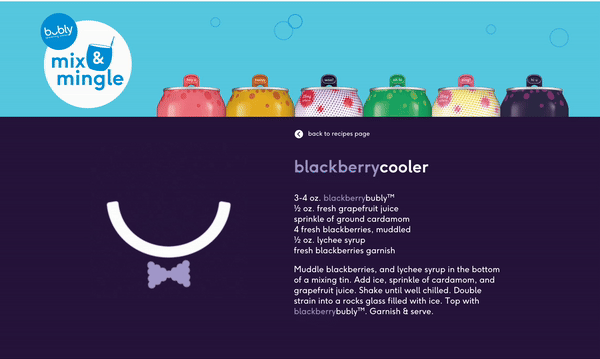
If we look at other adult beverages, we can see they are also leading the conversation around sustainability and innovation in packaging. In Pepsi’s case, they chose 16.9-ounce single-serve bottles of recycled plastic material (PET) for their new line. (So, I guess it doesn’t matter what chemicals you put into your body if they are under ten calories and made of recycled plastic.)
However, the feature that made me take notice was the attempt to convey the product’s personality with the packaging and engage with the consumers. In Bubly Burst’s case, bottle caps are topped with sayings like “Feeling Fizzy” while the bottles are printed with light-hearted copy (the watermelon lime flavor has a text bubble reading “your partner in lime.”) Interactive packaging is not new, as any child who has done the puzzle on the back of a cereal box or purchased a happy meal knows.
The Appeal of Interactive Packaging
Pepsi knows packaging isn’t just about containment—it’s an opportunity for brands to engage, entertain, and enchant consumers. From Snapple’s iconic lids to the woman-power messages under the Yoplait foils, packaging that shares the brand personality can further the company’s core beliefs. And that is something consumers get behind.
But why do consumers love it so much? For starters, interactive packaging adds an element of fun and surprise to the product experience. Whether uncovering hidden messages or solving riddles, it transforms a routine task into a moment of delight. In a world inundated with advertisements and marketing messages, interactive packaging stands out by offering genuine entertainment value.
Moreover, it taps into our innate curiosity and desire for discovery. Humans are naturally drawn to novelty and interactivity, making us more likely to engage with packaging that offers a unique experience. It’s like finding a hidden treasure amidst the mundane—irresistible and unforgettable.
The Power of Connection
But interactive packaging isn’t just about fun and games—it’s also a powerful tool for brands to connect with consumers on a deeper level. By creating memorable experiences, brands can foster loyalty, advocacy, and affinity. After all, who wouldn’t feel a kinship with a brand that knows how to put a smile on their face?
Research backs up the effectiveness of interactive packaging in building brand-consumer relationships. According to a study published in the Journal of Consumer Marketing, packaging elements that engage multiple senses (such as touch, sight, and even taste) can evoke more robust emotional responses from consumers. This emotional resonance translates into increased brand loyalty and purchase intent, as consumers associate positive feelings with the brand experience.
Furthermore, interactive packaging is a powerful storytelling tool, allowing brands to communicate their values, personality, and ethos memorably. Through clever copywriting, playful design elements, or interactive features, brands can create narratives that resonate with consumers personally. This ability to forge genuine connections is invaluable in an age where authenticity reigns supreme.
A Journey Through Interactive Packaging
Let’s review some iconic examples of interactive packaging to inspire your next bottling project. These are some of our favorite examples of packaging specifically created to engage with the consumer and, in the best cases, get that consumer to connect with others through the brand.
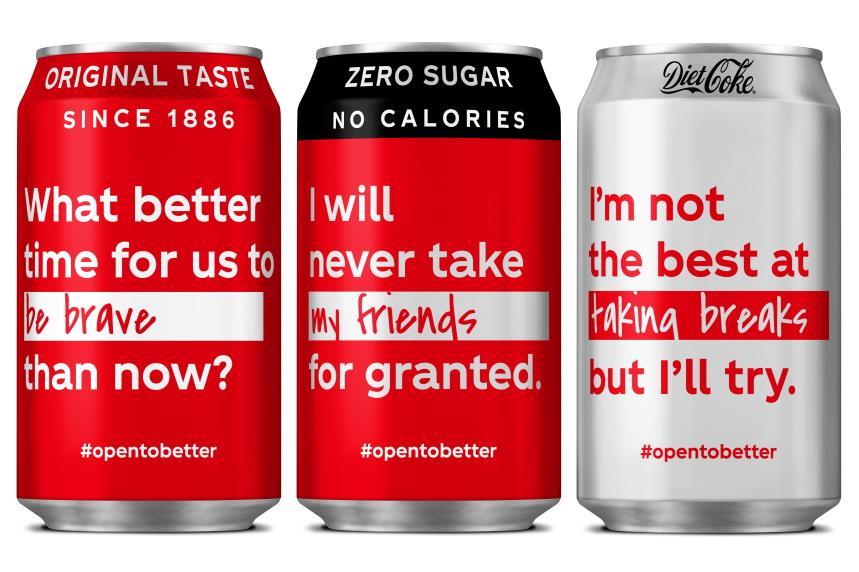
Coca-Cola’s Share a Coke Campaign: Coca-Cola’s “Open to Better” campaign in the UK during 2021 is a prime example of interactive packaging on a massive scale. By printing uplifting phrases on their cans, Coca-Cola encouraged consumers to find and share personalized beverages with friends and loved ones. Coca-Cola GB marketing manager Bryony Lester told Grocer.co that the push would “use the power of our packaging to share resolutions of hope and positivity that we hope fans will enjoy sharing with their friends and family”. This drove engagement and created a sense of personal connection with the brand.
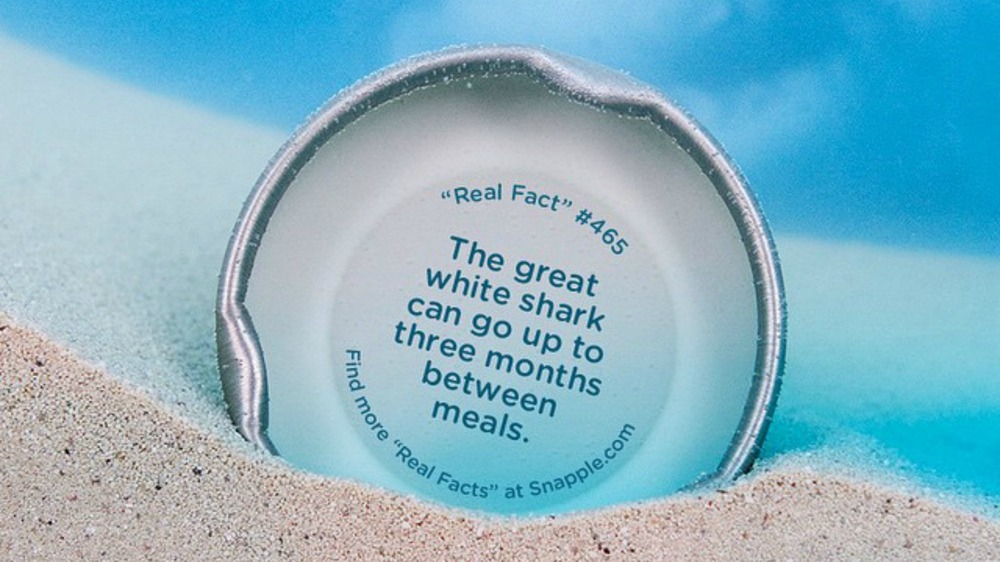
Snapple Lids: Perhaps the OG of this type of emotional interactive packaging, Snapple lids have delighted consumers since the ’90s. Snapple has long been known for its upbeat and whimsical approach to marketing, aiming to share its passion for juice with the world. Renowned for its “Real Facts” and commitment to responding to customer correspondence, Snapple has carved out a reputation as a playful and engaging brand.
During a routine meeting, Snapple’s marketing team brainstormed ways to further delight their loyal customers. Their goal was to both entertain and educate, enhancing the experience of enjoying a refreshing Snapple beverage. The team hit upon the idea of utilizing the “unused real estate” under the bottle caps to surprise consumers with intriguing facts.
Thus, the concept of “Real Facts” was born. With over 1,100 facts now circulating on bottle caps, Snapple endeavors to introduce approximately 75 to 100 new facts each year. Initially, these facts were curated solely by the marketing team and their agency. However, recognizing the wealth of knowledge among their employees and consumers, Snapple opened up submissions for new facts.
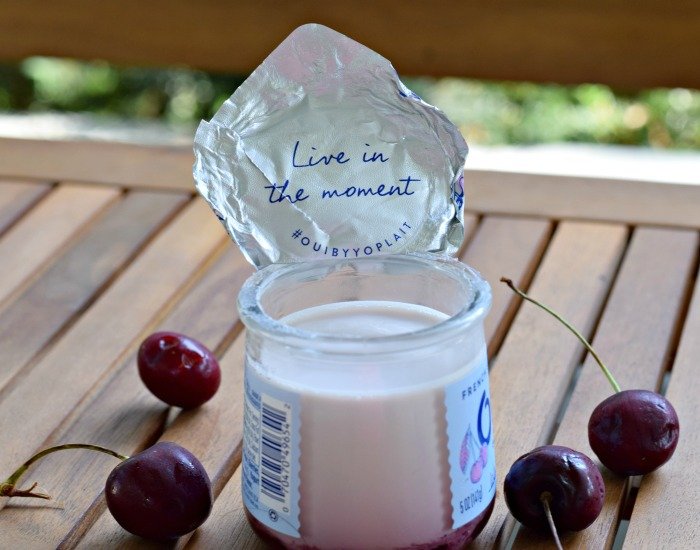
Yoplait Lid Messages: Yoplait has been printing messages in its line of Qui yogurt for years, but this year, Yoplait is standing up to spread much-needed positivity through its latest campaign, “Yoplait It Forward”. This year’s campaign focuses on boosting confidence in women of all ages by sharing compliments and encouraging consumers to Yoplait It Forward.
Yoplait fans can find the flavors they know and love with special-edition lids adorning over 120 unique compliments on shelves through March 2024. From empowering affirmations like “Your confidence inspires everyone” to heartfelt declarations such as “You radiate joy,” each compliment attempts to transform every interaction with Yoplait into a beacon of positivity illuminating their day.
But the positivity doesn’t stop there. Yoplait encourages women to spread good vibes by sharing the compliments they find on their yogurt lids, creating a wave of encouragement that can brighten someone’s day. (Now you know if you get one, this person isn’t just giving you their garbage from the lunch they just licked clean – it’s actually a gift from the heart.)
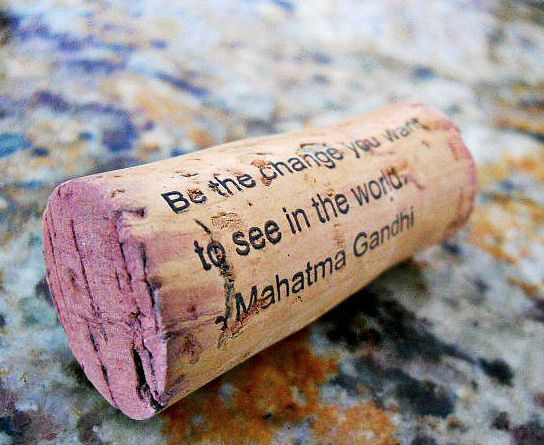
One Hope Wine: Printing logos on cork is tradition. Adding URLs and marketing messages on corks has been happening for decades. But One Hope Wine took this a step further by printing inspirational messages for change. This works for them because it goes along with their brand purpose which is to give money back to charities that are creating hope and change in the world. It is an obvious and natural synergy with the unused real estate on the cork, and we think it’s fabulous.
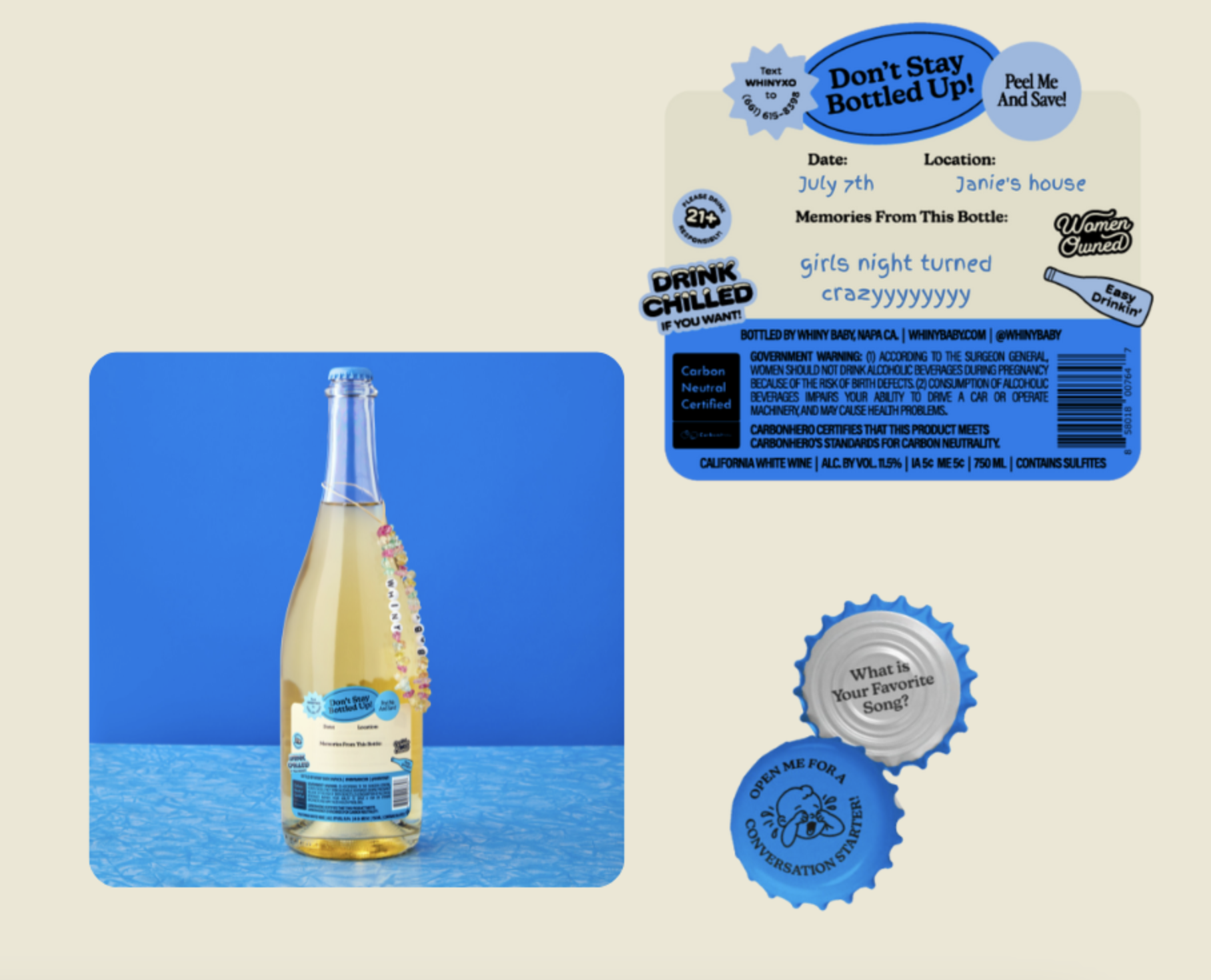
Whiny Baby: Perhaps our favorite wine example is that this GenZ wine brand is less about the juice and more about the community. The bottles not only include a conversation starter on the cap, but raise the concept by including a space on the back label (that peels off and turns into a sticker) to write down when and with whom you shared the bottle. Couple that with the friendship bracelet that accompanies each wine, and you have, basically, bottled human connection!
So What’s the Point?
We’re sure you can think of others, like Treasury’s 19 Crimes, which utilizes augmented reality (AR) technology to bring their labels to life. But, unlike the above examples, AI is used to make the product stand out at retail and is not really an attempt to show how the product fits with the consumer on an emotional level. We think the above examples of interactive packaging take it a step further, and these brands reveal that they are aware there are values in common between the brand and its consumers. They celebrate those values as a way to connect on a deeper level beyond just a product that meets a need. It is a product that meets their beliefs.
Still a Ways to Go
While the wine industry may not be as avant-garde as other beverage sectors regarding interactive packaging, these examples demonstrate that there is still room for creativity and innovation within the realm of wine packaging.
These examples showcase the diverse ways beverage brands leverage interactive packaging to engage consumers, drive sales, and enhance brand loyalty. Whether through personalization, technology, or artistic collaboration, interactive packaging continues to evolve as a powerful tool for brand-consumer interaction in the beverage industry. As technology continues to grow and consumer preferences shift, we can expect to see even more inventive approaches to interactive packaging in the wine industry in the future.
Interactive packaging isn’t just a gimmick—it’s a powerful tool for brands to engage, entertain, and connect with consumers on a deeper level. By tapping into our innate curiosity and desire for novelty, interactive packaging transforms mundane moments into memorable experiences. Through clever copywriting, playful design elements, or hidden surprises, brands can leave a lasting impression beyond the product itself.
So, the next time you twist off a Snapple lid or peel back a Yoplait foil, take a moment to savor the experience. After all, behind every interactive packaging is a brand that knows the true secret to consumer engagement: a little magic and a lot of heart. Cheers to the power of packaging that sparks joy, ignites curiosity, and leaves us craving more.


